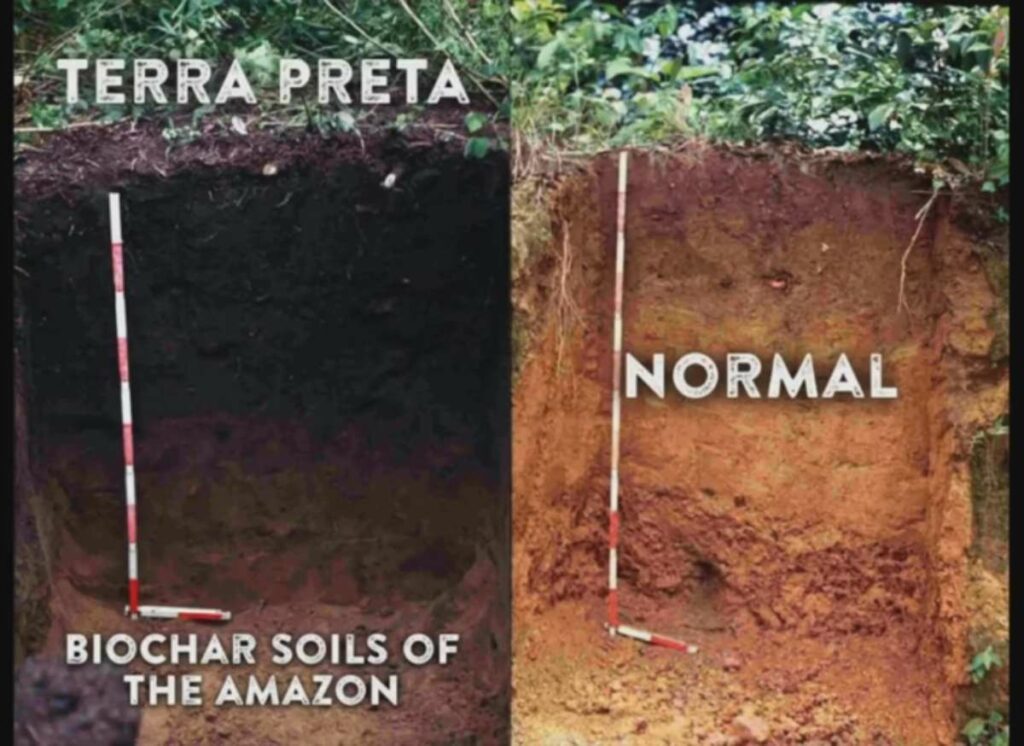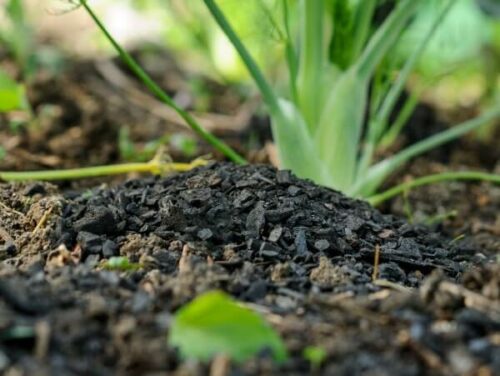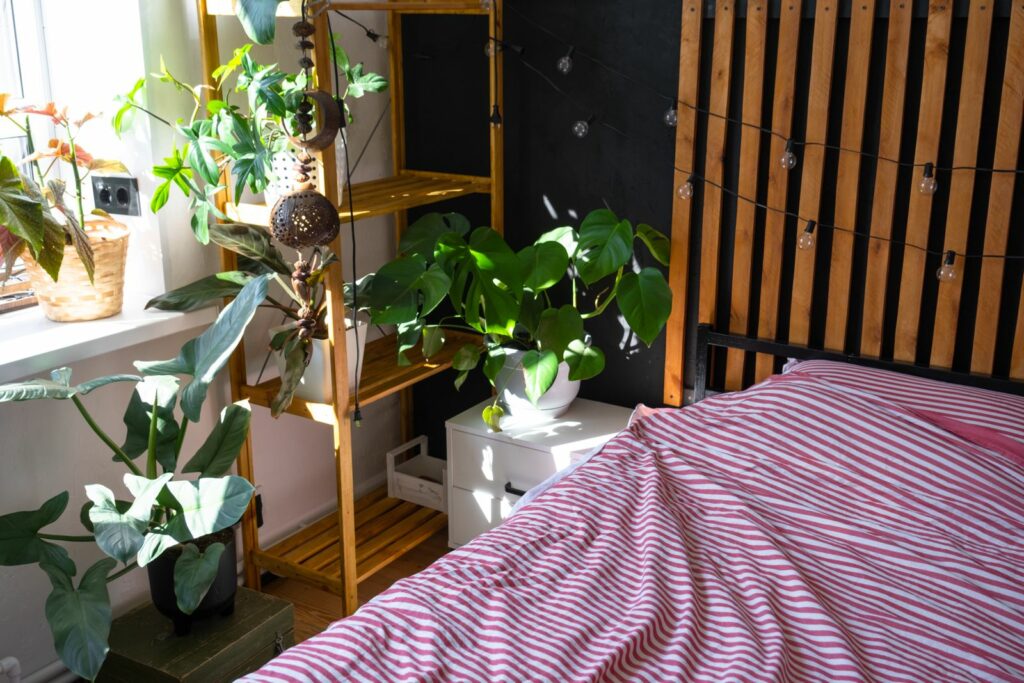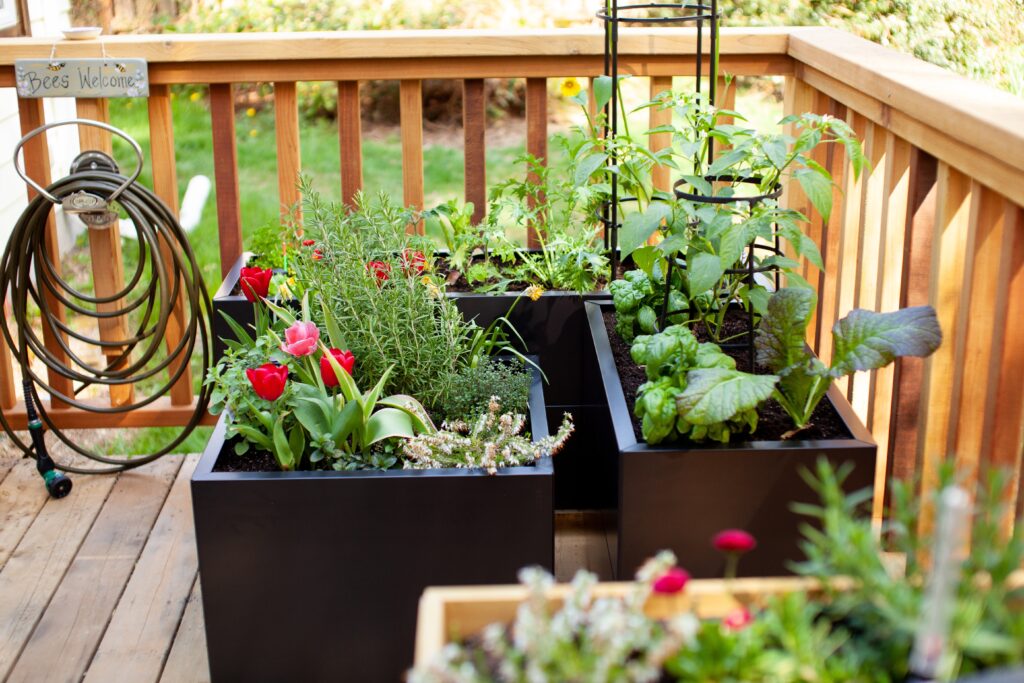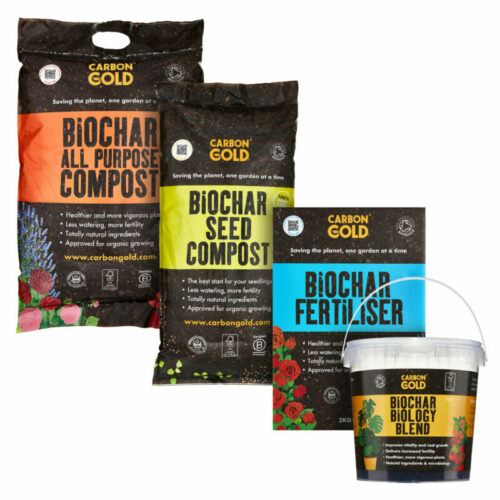Terra preta, also known as Amazonian dark earth, is a type of fertile soils first found in the Amazon Basin. It is characterised by its dark colour, high nutrient content, and ability to retain water. Unlike the surrounding soil, which are often nutrient-poor and prone to erosion, terra preta can support productive and sustainable agriculture and even sustain large populations of people.
Scientists have long been intrigued by terra preta phenomenon, as it seems to defy the conventional wisdom about tropical soils. Instead of being depleted by the hot, humid climate, terra preta soil is enriched with organic matter and nutrients. Recent research suggests that the key to terra preta’s fertility lies in the way it was created by indigenous people over centuries.
It is believed that the ancient inhabitants of the Amazon Basin intentionally created terra preta by adding organic matter, such as charcoal, animal bones, and food waste, and crop residues to the soil. This process, known as biochar, involves burning organic matter in a low-oxygen environment, which transforms it into a stable form of carbon that can be stored in the soil for thousands of years. The addition of any enriched biochar to the soil not only improves degraded soils by enriching it with nutrients, but also helps to improve its structure, water-holding capacity, and ability to resist erosion.
Making Terra Preta soil today
Today’s soils have been degraded through intensive cultivation, and the use of chemical fertilisers Today, there is renewed interest in the use of biochar as a tool for soil improvement, improving soil organic matter and mitigating climate change through sequestration of carbon dioxide. By sequestering carbon in the soil, biochar can help to reduce greenhouse gas emissions from agriculture and forestry, and improving anthropogenic soils. It can also improve the resilience of crops to drought and other climate stresses, as well as enhance the productivity and profitability of farming.
If you’re interested in making your own Amazonian soils , there are a few things to keep in mind. First, it’s important to use organic matter that has been properly charred to create biochar. The biochar should then be mixed with other organic matter, such as compost, or beneficial biology to create a nutrient-rich soil amendment with the ability to sequester carbon from the atmosphere.
When adding biochar to your soil profile, it’s important to do so in moderation. However, biochar can actually have a negative effect on soil fertility as it can act like a sponge and can absorb and hold onto nutrients that plants need to grow. Experts recommend that enriched biochar improves the organic carbon but will also increase soil fertility and enhance plant growth.
Overall, terra preta is an exciting example of how ancient knowledge can be used to solve modern problems. By using biochar to make homemade terra preta to improve soil fertility and improve crop yield means that we can create more sustainable and resilient home and agricultural systems just like historical terra preta soils that benefit both people and the planet.
